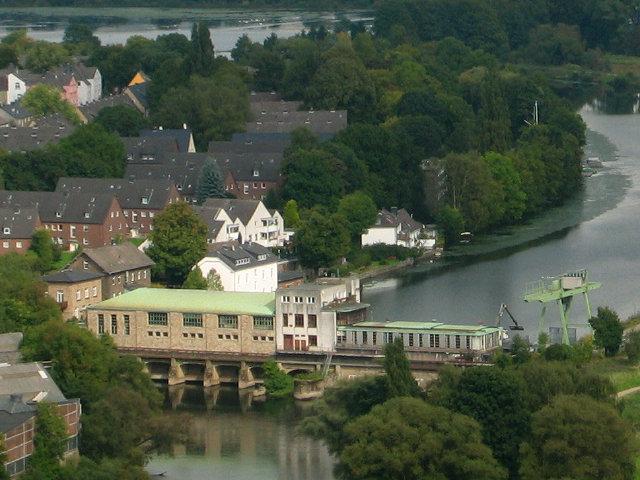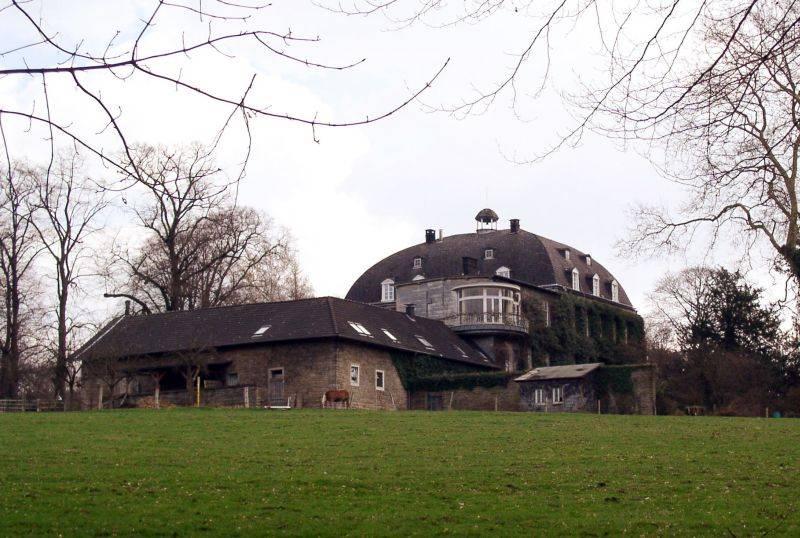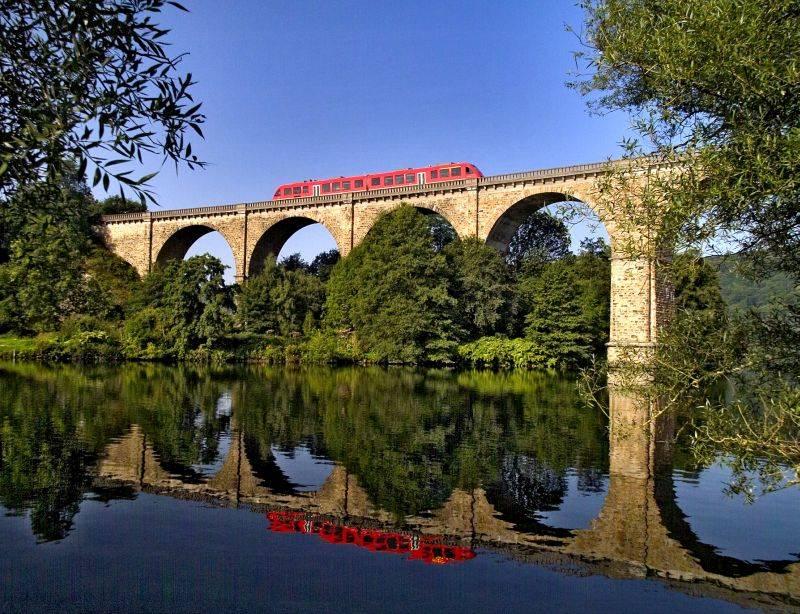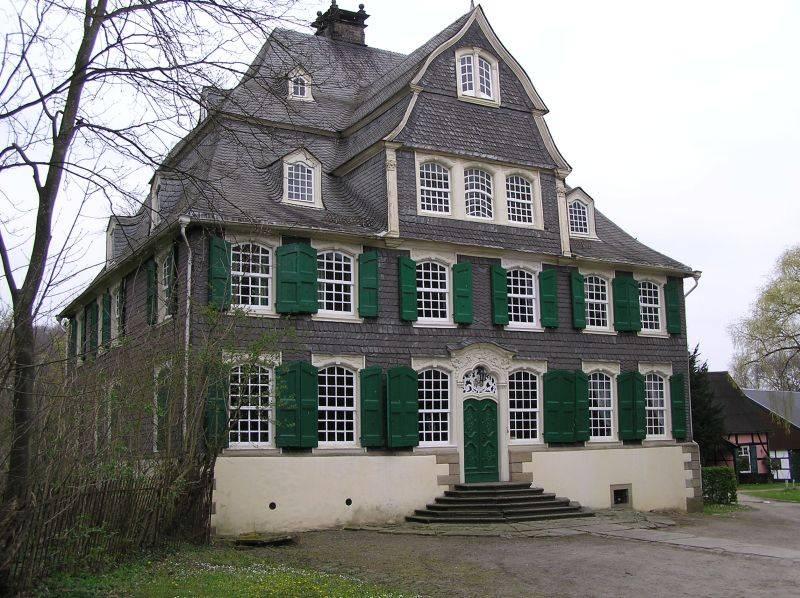
© Foto: Holger1959; Lizenz: CC BY-SA 3.0
Schöntaler Straße 66, 58300 Wetter
Icon legend
![]() This icon indicates an awarded building
This icon indicates an awarded building
![]() This icon indicates a listed building
This icon indicates a listed building
![]() Projects with this logo are on the UNESCO World Cultural Heritage list
Projects with this logo are on the UNESCO World Cultural Heritage list
![]() Project has been converted, renovated or extended
Project has been converted, renovated or extended
x close
![]()
1907/08
- keine Angabe -
Architekt Bruno Taut
(turbine hall)
Advanced search with more criteria
Total projects: 483

58313 Herdecke
Distance: 1.87 km

58313 Herdecke
Distance: 3.08 km

58135 Hagen
Distance: 3.64 km
At the upper two reservoirs of the Ruhrverband - Hengstey- and Harkortsee – water power is of special importance. Hengsteysee is the base reservoir of the Herdecke pump-storage power plant and Harkortsee the pump-storage compensating reservoir. At the 3.1million m³ Harkortsee power is generated from the water of the Ruhr flowing through the attractive turbine house. The water-storage level of the dam is 7.8m and the lake’s surface 1.4 km².
Being acquainted with Karl Ernst Osthaus, in 1907/1908 Bruno Taut was awarded the contract for the turbine house by Peter Harkort und Sohn (Schöntaler Stahl- und Eisenwerke) in Wetter. It is at one end of the almost totally straight plant canal that feeds the water of the River Ruhr into the turbine house. It was the client’s desire to have an artistically designed building that fits into the landscape. The material of the power station is the very hard and colourful Ruhr sandstone, a material of red veins against dark-grey. Today’s power station was built at the same time as Harkortsee, which was finished in 1931. It replaced the old Harkort power station. The old turbine house with its sandstone facade has been listed.
As a representative of “Neues Bauen” and someone who made use of the opportunities that were provided by new production methods, Taut rejected a standardised catalogue of designs as much as historicising designs and decorative ornaments so typical of architecture up to that point.
Author: Route der Industriekultur / Editorial baukunst-nrw
Text last changed on 13.07.2021
Categories:
Engineering » Water Management
Architecture » Commercial Buildings » Technical